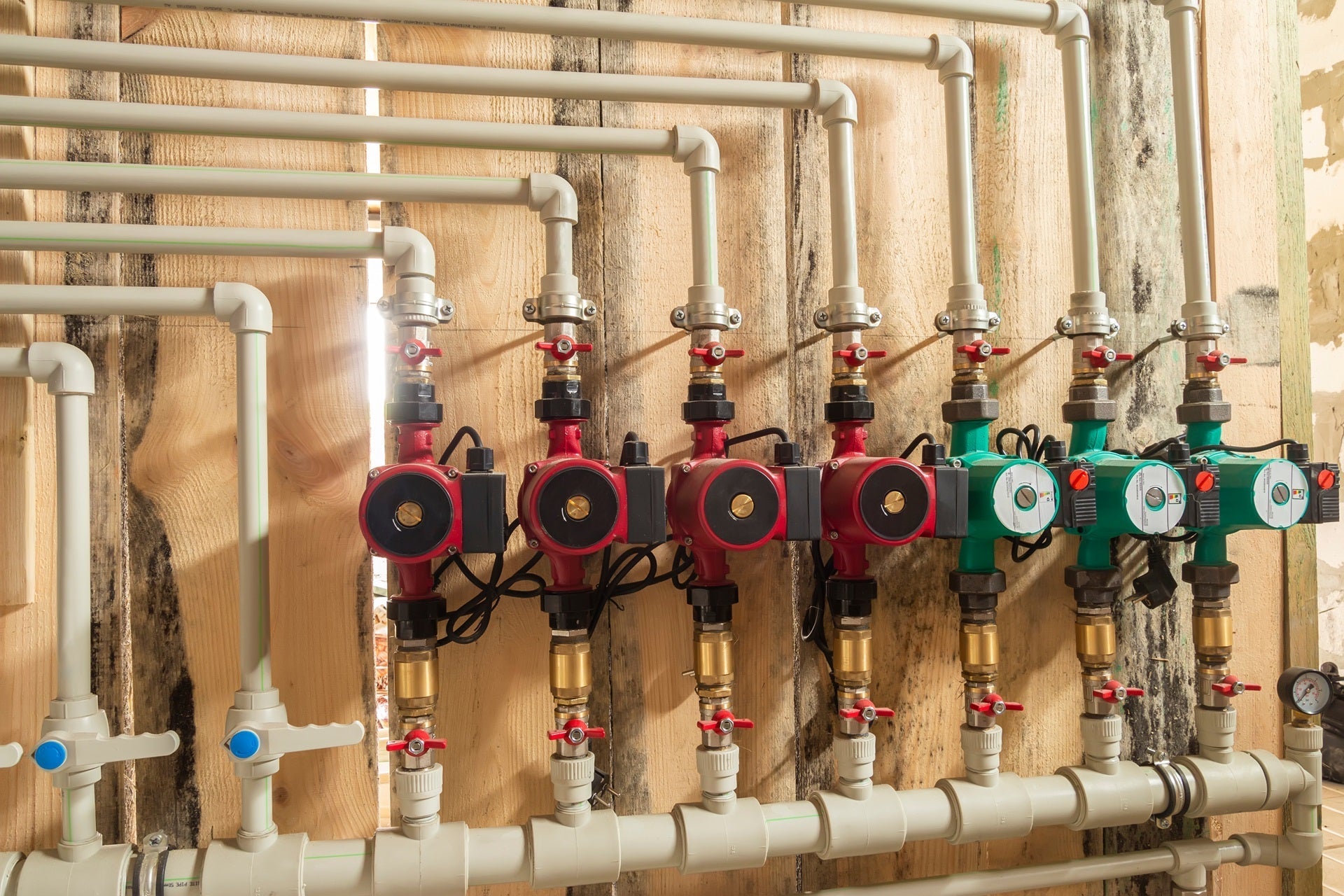Heating systems depend on circulation pumps to distribute warm water efficiently. Regular maintenance ensures the pump works reliably, reducing energy waste and extending its lifespan. Whether you're using a hot water circulation pump or a water heater circulation pump, these tips will help you avoid costly repairs and keep your heating system running smoothly.
What a Circulation Pump Does
A water circulation pump moves heated water from the boiler or heater through your home's pipes and radiators. This ensures consistent warmth in every room. Heat distribution becomes uneven without a properly working pump, leading to cold spots and wasted energy.
Key things to know about your circulating pump:
- It typically runs constantly during heating months to maintain comfort.
- Over time, wear and tear can reduce its efficiency.
- Neglecting it can lead to higher energy bills and system breakdowns.
Regularly check your pump for leaks, unusual noises, or temperature inconsistencies to keep it in good condition. A basic understanding of how it operates will help you detect issues early and plan for repairs or replacement as needed.
Inspect Your Pump Often
Regular inspection is one of the simplest ways to maintain your hot water circulation pump. Over time, parts can wear out, connections can loosen, and buildup can occur inside the pump. Inspections help identify problems before they cause major damage.
What to look for during inspections:
- Leaks around connections or seals.
- Rust, sediment, or mineral deposits.
- Vibrations or strange sounds, like grinding or whining.
Routine checks don’t require advanced tools or skills. Ensure that the pump is secure and that water is flowing freely. For professional systems, consider seasonal inspections by a technician to guarantee all components are functioning as intended.
Track the Pump’s Performance
Monitoring how well your circulating pump is performing can save you from sudden malfunctions. Pay attention to signs of inefficiency, such as uneven heating in your home, slower water circulation, or rising energy bills.
Steps to track performance:
- Listen for changes in the pump’s noise levels.
- Check the water temperature at different points in the system.
- Compare your energy usage with previous months.
If you notice unusual performance issues, the water heater circulation pump may need minor repairs or cleaning. Identifying these signs early helps avoid more expensive fixes in the future.
Keep the Pump Clean and Lubricated
Like most mechanical parts, your hot water circulation pump benefits from regular cleaning and lubrication. Sediment and debris can accumulate inside, slowing water flow and forcing the pump to work harder. Proper lubrication reduces friction, preventing wear and overheating.
Cleaning tips:
- Turn off the power before opening the pump housing.
- Use a soft brush or cloth to remove buildup.
- Flush the system to clear debris from pipes and the pump.
For lubrication:
- Use only the type of oil or grease recommended by the manufacturer.
- Avoid over-lubricating, as excess oil can attract dirt.
- Pumps with sealed bearings may not require lubrication at all.
These small tasks help maintain optimal performance, keeping your pump efficient and extending its lifespan.
Ensure Correct Installation
Improper installation can cause your circulating pump to wear out faster or fail altogether. The pump must be securely fitted with the correct alignment to allow smooth water flow. If you’re installing or replacing a pump, consulting a professional is worth ensuring everything is set up correctly.
Important points about installation:
- Check that the pump’s direction matches the water flow in your system.
- Ensure all connections are tight and free from leaks.
- Use proper mounting to avoid vibrations or noise.
After installation, test the pump to confirm it’s working as expected. A correctly installed water heater circulation pump reduces long-term maintenance needs and ensures reliable performance.
Fix Noise and Vibration Problems
Excessive noise or vibration in your water circulation pump can indicate several issues, including loose parts, air trapped in the system, or debris obstructing the pump. Addressing these problems promptly prevents further damage.
Discover our most popular product categories – find what you need today!
- Air to Water Heat Exchangers
- Water to Air Heat Exchangers
- Plate Heat Exchangers
- Oil Coolers & Intercoolers
- Tankless Water Heaters
Steps to troubleshoot noise:
- Tighten any loose screws or mounting brackets.
- Bleed the system to remove air bubbles.
- Check the pump impeller for blockages or damage.
If these steps don’t resolve the issue, you may need to replace worn components. A technician should check persistent problems to prevent more serious damage to your heating system.
Replace Parts When Needed
Components in your hot water circulation pump naturally wear out over time. Seals, impellers, and valves are some of the most common parts that require replacement. Proactively replacing these items before they fail can save you from a total pump breakdown.
Signs that parts need replacing:
- Water leaking from seals or joints.
- Decreased water pressure or flow rate.
- Increased energy usage despite regular maintenance.
Keep spare parts for your circulating pump on hand, especially if you live in an area with harsh winters where heating is essential. Consult your pump’s manual for recommendations on compatible replacements and installation tips.

